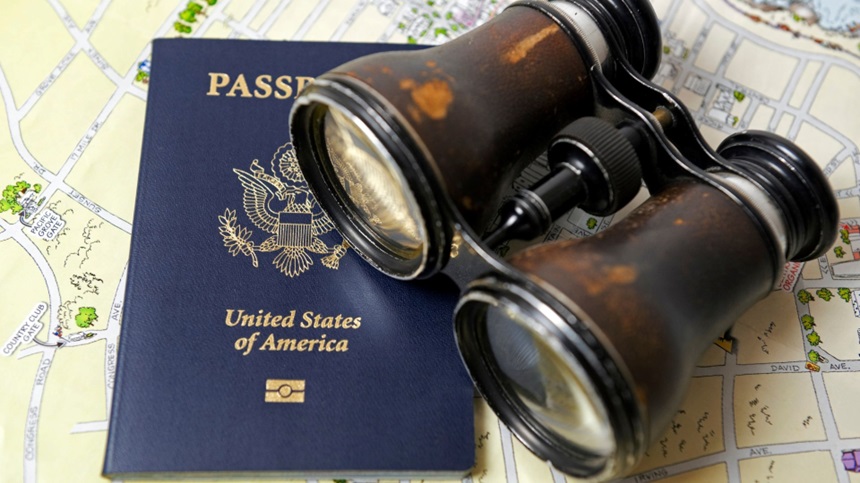Planning a trip abroad, whether for business or pleasure, requires being equipped with the essential travel document: a passport. Passports serve as proof of nationality, allowing individuals to travel internationally with ease. In the below article, we will shed light on the different parts of a passport and their significance.
The Outer Cover
The outer cover of a passport generally displays the coat of arms, emblem, or national symbol of the country it belongs to. Additionally, the words “Passport” and the issuing country’s name are inscribed on it. Passport covers are made of durable materials, such as leather or plastic, to withstand the wear and tear of frequent travel.
The Information Page
The information page is usually found right after the cover page and is laminated to protect it from damage. This page contains the passport holder’s personal information, including name, photograph, date of birth, nationality, and other identifying details. Embedded security features, such as holographs, protect this page from tampering and forgery. Experts at the passport agency in Atlanta can assist in obtaining a passport with ease and efficiency.
The Machine-Readable Zone
Found at the bottom of the information page, the Machine-Readable Zone (MRZ) consists of two lines of alphanumeric characters. When traveling into a foreign country, immigration officers scan the MRZ as part of the entry process. This ensures a quick and accurate transfer of the passport holder’s information into the immigration system.
Visa Pages
A passport contains several pages reserved for visas and entry/exit stamps. Visas are official authorizations a country gives, allowing a foreign traveler to enter, stay, or leave. The number of visa pages varies depending on the country issuing the passport. It is essential to have sufficient blank pages, as some countries may deny entry to those with limited space for new visas or stamps.
Passport Endorsements & Observations
Apart from visa and entry/exit stamps, some passport pages may show endorsements or observations. These statements, placed by immigration officers, provide additional information related to travel restrictions, changes in the passport holder’s data, or previous visa overstays.
The Biometric Chip
Modern passports have a biometric chip, making them electronic or e-passports. Embedded in the back cover or center of the information page, this microchip stores the passport holder’s biometric data, such as facial, iris, or fingerprint recognition. E-passports create an extra level of security and authentication while crossing international borders.
To Sum Up
Understanding the different parts of a passport is essential for smooth travel experiences. It enables travelers to be adequately prepared for any potential complications, passport renewals, or replacements and ensures their travel documents are up-to-date. With various types of passports issued in the USA, consulting professionals for advice can be beneficial in navigating the complex world of this essential travel document.

